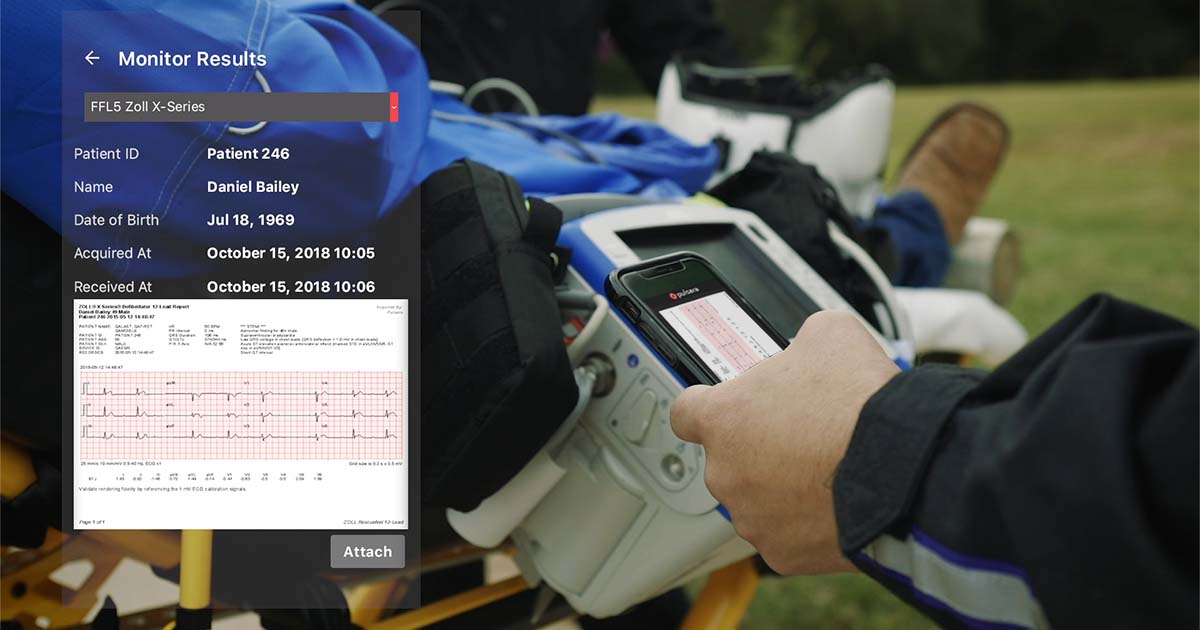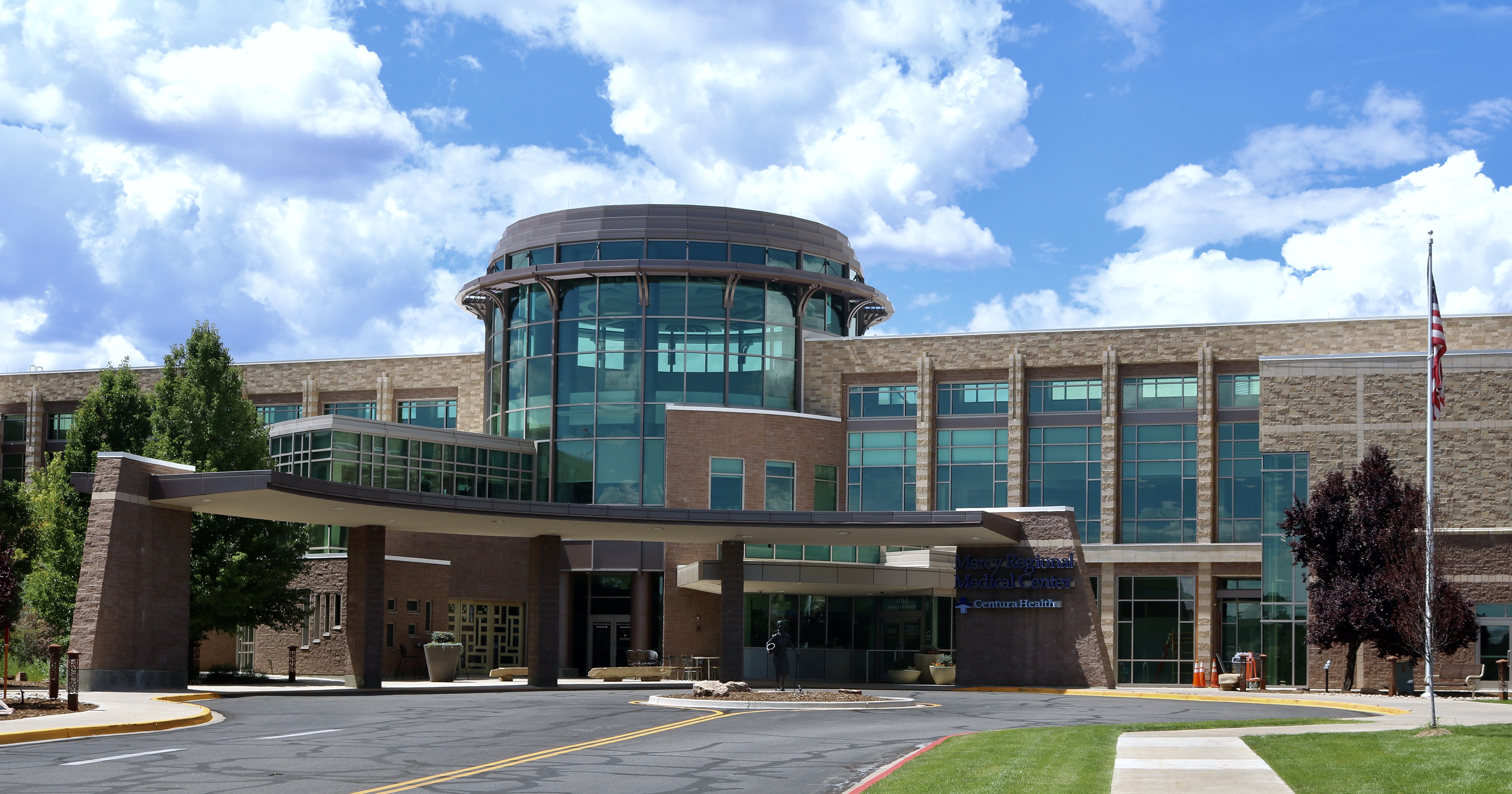EDITOR'S NOTE: Special thanks to Faber White MD, FACEP for writing today's blog post. Dr. White is the Medical Director at CHRISTUS GSMC NorthPark Emergency Department and serves on Pulsara's Advisory Board. You can connect with him on LinkedIn.
—
I don’t know how long I’d been asleep, but it must have been a while because it took a minute to register the nurse frantically banging on the door to the sleep room. “Doc, this patient’s got a STEMI.” I scrambled out of bed and picked up the EKG that he’d slid under the door. Yep.
 Our group had recently been asked to staff the hospital system’s newest old facility, a small rural hospital, the operations of which they had assumed. Low volume, dated facilities, extremely limited specialty availability – and yet, with the nearest tertiary care center about an hour away, the facility provided a critical service to the community and surrounding area.
Our group had recently been asked to staff the hospital system’s newest old facility, a small rural hospital, the operations of which they had assumed. Low volume, dated facilities, extremely limited specialty availability – and yet, with the nearest tertiary care center about an hour away, the facility provided a critical service to the community and surrounding area.
The patient didn’t look any better than the EKG. His presentation was classic. He finally let his wife call 911 when he turned pale. The paramedics on scene knew immediately what was happening, and that in the long term he would do better with a PCI – but they also knew there would be no long term if he didn’t survive the next few hours, so they brought him to our tiny ED in hopes that I could stabilize him.
While working in that facility we developed numerous rapid-turnaround and transfer protocols designed to get patients to definitive care as quickly as possible. They worked … adequately. It wasn’t a people problem, or an expertise problem – physicians, nursing, ancillary staff, and EMS all knew what was required and how to do their jobs expertly. It was a process problem, a too-many-steps problem. An old-school Christmas tree light problem, really; you know how with an old string of Christmas tree lights, if one bulb goes out, the whole string goes dark? That’s what it was. Only the consequences here were just a bit more grave (pun intended).
Fortunately for this patient, things went well. Soon after the usual measures, he was given the thrombolytic, and his ischemic changes resolved in front of me. He turned pink again, his breathing normalized, and the wince left his face. His wife hugged me. He was transferred without incident, got his stent, and is doing well today.
The facility didn’t do as well; it is no longer open, victim to a nationwide trend, which is creating a huge hole in the health care delivery system. I don’t know what would have happened to my patient had we closed a few months earlier, but I do know that processes and procedures that were painstakingly created to optimize care of critical patients from one hospital to another are now largely the responsibility of EMS systems throughout the country.
Where’s the nearest cath lab? Is it available right now? Should this CVA patient get thrombolytics at a community ED right away, or go directly to the closest interventional stroke facility? As hospital beds continue to decline, and healthcare delivery increasingly shifts from the hospital to the field, the importance of EMS in producing good outcomes will rise dramatically. Tools that optimize communication and enhance the paramedic’s ability to make quick, life-saving decisions will prove indispensable.

 Team Pulsara
Team Pulsara

 Our group had recently been asked to staff the hospital system’s newest old facility, a small rural hospital, the operations of which they had assumed. Low volume, dated facilities, extremely limited specialty availability – and yet, with the nearest tertiary care center about an hour away, the facility provided a critical service to the community and surrounding area.
Our group had recently been asked to staff the hospital system’s newest old facility, a small rural hospital, the operations of which they had assumed. Low volume, dated facilities, extremely limited specialty availability – and yet, with the nearest tertiary care center about an hour away, the facility provided a critical service to the community and surrounding area.
![[PRESS RELEASE] Published Research Finds Up to 31% Faster STEMI Treatment Times in Rural Hospital Setting with Pulsara](https://www.pulsara.com/hubfs/_1_website-page-blog-assets/pulsara-hosp-teams-assign-cardio-stemi-rn-1200x701.jpg)

